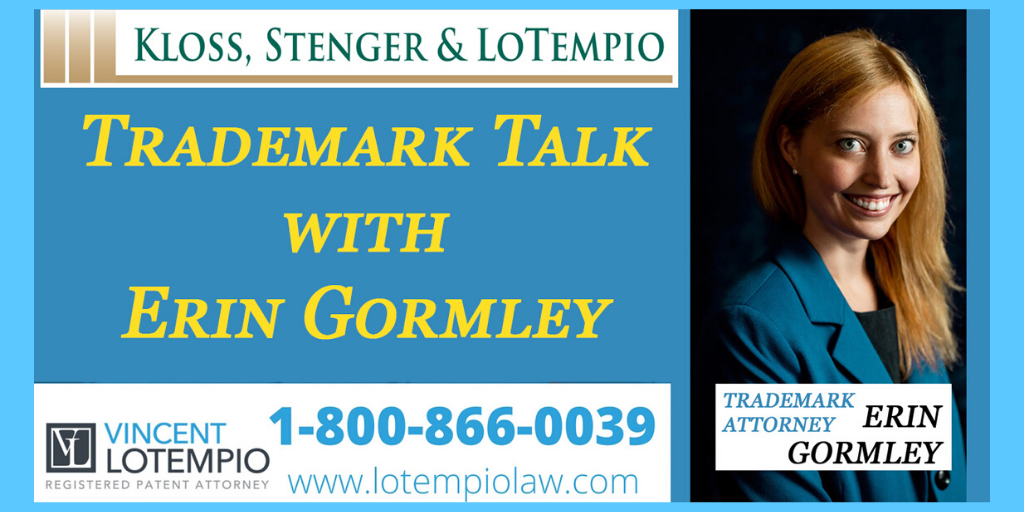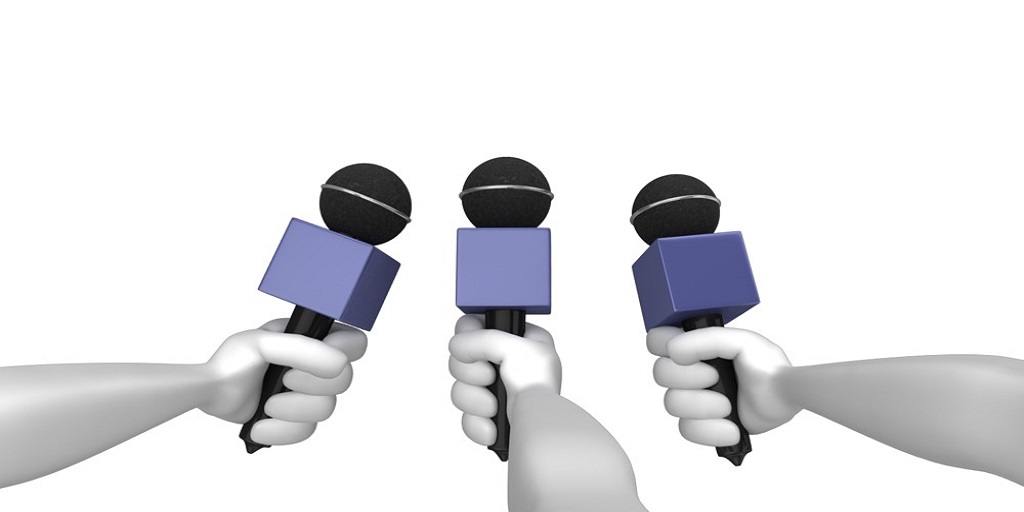Trademark Talk with Erin, Ep. 11: What if someone is using my trademark?
Episode 11 of Trademark Talk with Erin is now out! Episode 11 discussed situations where someone other than the trademark owner uses the trademark. In relation to Episode 11, we will be discussing unauthorized use of the trademark, trademark infringement, and possible defenses.
Unauthorized Use of Trademark
What happens when an unauthorized party uses the same or similar trademark without consent? Generally, this may amount to trademark infringement if the trademark is valid and use of the same or similar mark causes a likelihood of consumer confusion.
Likelihood of confusion
What does is mean when there is a likelihood of confusion? A likelihood of confusion can occur when consumers believe when unauthorized use of the trademark will “confuse people into believing that the goods [or services] they identify emanate from the same source.” For example, there may be a knock off brand of Nike called Nikey. Consumers may believe that the goods or services that come from Nikey are from Nike or that Nike sponsors or endorses the Nikey goods and services. If there is a likelihood of confusion, there is a good chance that there may be infringement.
Factors for a Likelihood of Confusion
Generally, there are factors that will be used to assess a likelihood of confusion between the two marks. The Polaroid factors are commonly used in several circuits and jurisdictions. The Polaroid factors include: the strength of his mark, the degree of similarity between the two marks, the proximity of the products, the likelihood that the prior owner will bridge the gap, actual confusion, and the reciprocal of defendant’s good faith in adopting its own mark, the quality of defendant’s product, and the sophistication of the buyers. All these factors are considered together to determine whether a likelihood of confusion exists between the marks.
Defenses
Some times, defenses can preclude a finding of infringement. For example, a descriptive mark may be trademarked after attaining secondary meaning. But under the descriptive fair use defense, competitors may still be allowed the same or similar mark in its ordinary and descriptive sense to describe their products. Additionally, another party make use the mark for commentary purposes under nominative fair use. These are just a few of the defenses that may be available.
What are your thoughts on unauthorized use of a trademark and trademark defenses? Leave us a comment to let us know what you think!
Check out Episode 11 of Trademark Talk with Erin here!
Sign up today!
Does this article interest you? Subscribe to the LoTempio Law email newsletter to receive posts and updates just like this conveniently in your email box!
If you’ve enjoyed this blog post, we have lots more where this came from, including an Inventors Guide Video Series where we help you turn your good idea into a profitable invention, and tons of other great content. Check out our Youtube channel, PatentHome for more!
Simply enter your email address and hit sign up and you’ll get everything, including blog posts like these, conveniently in your email box!
Have any questions? Give us a call at 1-800-866-0039. Consultations are FREE.
Disclaimer: This article is not legal advice. It is only for educational or entertainment purposes only. Please do not use the article or contents of the article without permission. For legal advice and questions, please contact registered Patent Attorney Vincent LoTempio.




